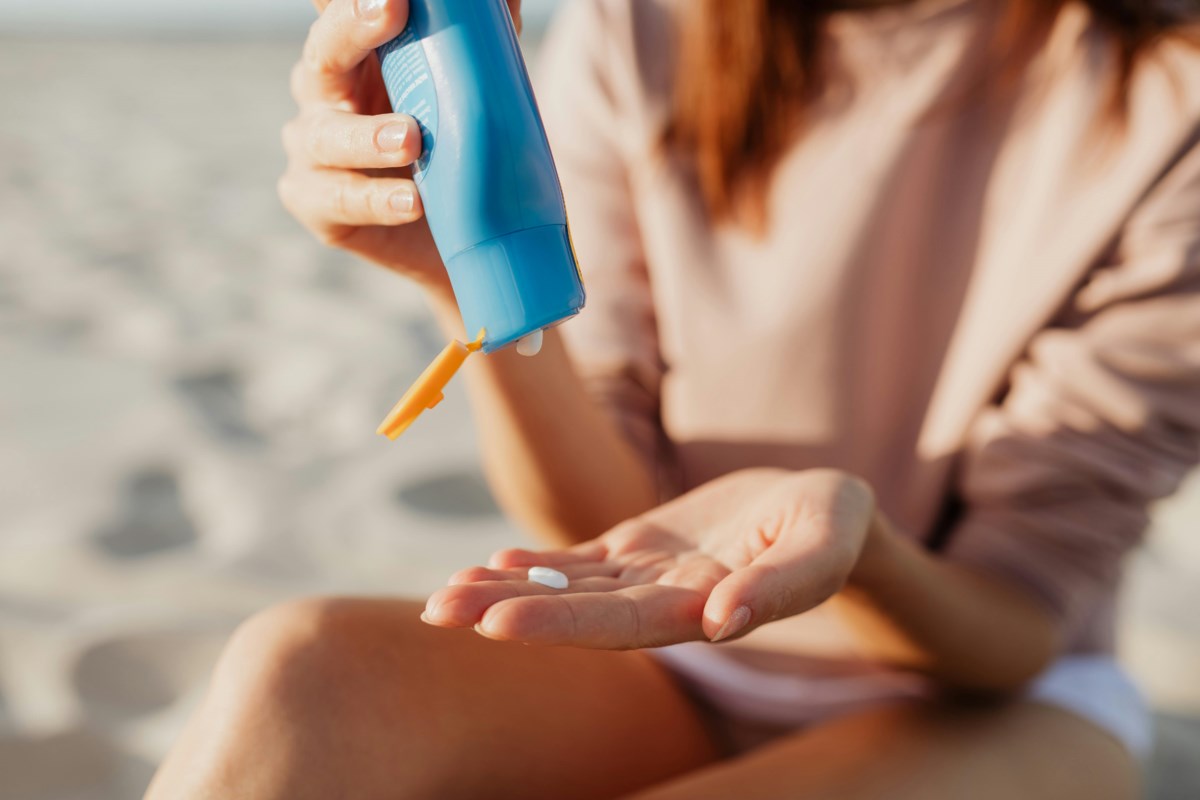
"Melanoma is one of the most aggressive and deadliest forms of skin cancer. In the U.S., more than 100,000 new cases will be diagnosed in 2025, with approximately 8,000 lives lost to the disease."
"Nearly 90% of melanoma cases are a result of exposure to ultraviolet (UV) radiation from the sun or tanning beds. Sunlight is a risk factor for melanoma via two distinct pathways: intermittent sun exposure, or sunburn, especially in childhood, and chronic sun exposure over a lifetime."
"Having fair skin, many moles, family or personal history of melanoma and a weak immune system puts you at greater risk of developing melanoma from UV exposure. Though melanoma is much more common in individuals with fair skin, people of color are not immune."
"Any patient of color should be wary of non-healing sores on the bottom of their feet, a high-risk area for this population."
Melanoma is a serious form of skin cancer with over 100,000 expected cases in the U.S. by 2025. It develops mainly due to UV radiation from the sun or tanning beds, which damages skin cell DNA. Characteristics such as fair skin and many moles elevate melanoma risk, but individuals of color also face serious risks. Rare melanoma forms can arise from UV-protected areas, leading to late-stage diagnoses in patients of color. Preventive measures include sunscreen use and awareness of skin changes, particularly non-healing sores on feet for patients of color.
Read at BKReader
Unable to calculate read time
Collection
[
|
...
]